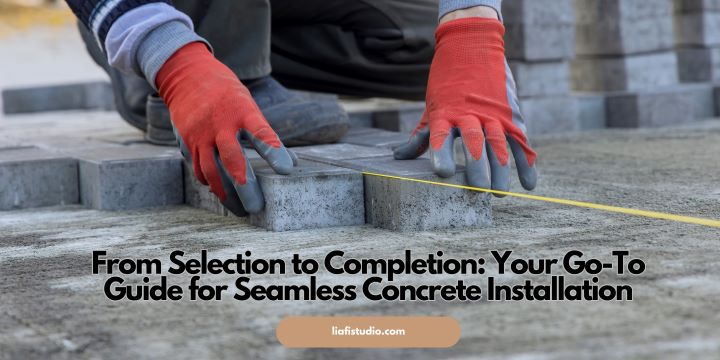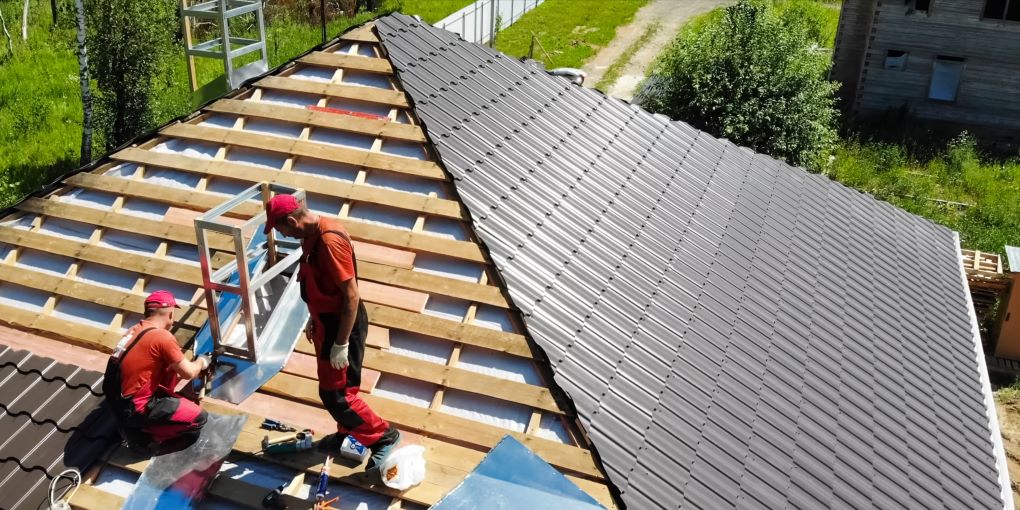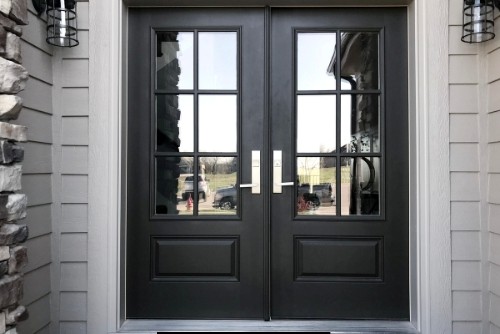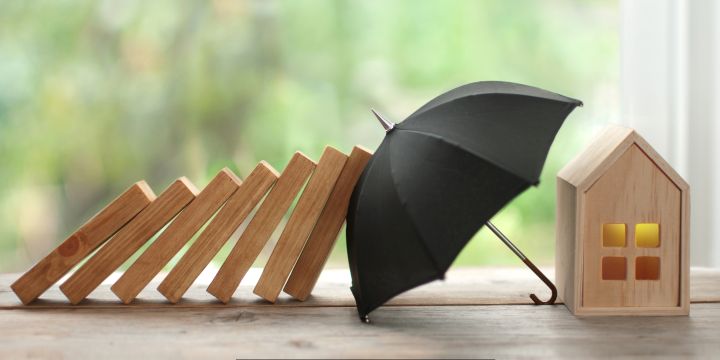Key Takeaways:
- Understanding the essential factors in choosing suitable concrete for different projects.
- Learning about the latest advancements and practices in concrete installation.
- Explaining the environmental impacts of concrete work and sustainable practices.
In construction, material selection is akin to setting a foundation—not just in the literal sense but also in terms of environment-friendly options and enduring aesthetics. The initial choice of materials can dictate a structure’s longevity, resilience, and environmental impact. Amongst these, concrete emerges as a cornerstone, both figuratively and literally. Its ubiquitous presence in construction makes choosing wisely all the more essential. With a trend of environmental consciousness shaping industries, concrete contractors have a significant role. They must ensure the delivery of strong and durable concrete structures while conforming to eco-friendly practices without sacrificing the structural demands or aesthetic values their clients yearn for.
Quality Matters: Assessing Concrete Grades for Durability and Performance
Concrete is a concoction of cement, aggregate, and water; its strength and integrity are pivotal to any construction’s lifespan. Defined in grades like M20, M25, or M30, these signify the material’s compressive strength in MPa (Megapascal) after a curing period of 28 days. A high-grade concrete, say M30, is hardy and suited to the rigidity required for load-bearing structures. Conversely, a lower grade like M10 may suffice for non-structural applications like pathways. This assessment for suitability stretches beyond mere strength—it’s a careful calibration to align with hardscaping needs, optimizing for performance, cost-effectiveness, and longevity with particular environmental conditions in mind.
Sustainability in Concrete: Balancing Strength with Eco-Friendliness
Environmentally-Friendly Concrete Mixes
Amidst the mounting ecological concerns, the construction sector faces pressures to pivot towards sustainable methodologies. Green concrete—a term that often refers to concoctions entailing recycled fly ash or slag instead of traditional cement—addresses this pressing issue. As this practice gains traction, construction blends can reduce carbon footprints, paving the way for a cleaner industry. By adopting sustainable concrete practices, contractors demonstrate a commitment to their craft and the planet, harmoniously marrying the high-performance demands of today’s building standards with the pressing need to preserve the environment.
The Art of Curing: Ensuring Optimum Strength and Finish
Curing is an essential stage in concrete life, beginning immediately after installation and continuing until appropriate moisture and temperature are maintained to allow the concrete to reach its desired qualities. The art of curing is understanding when and how to use various procedures, such as water curing, steam curing, and plastic sheets. The goal is to optimize the hydration of the cement, influencing the concrete’s final strength, durability, and resistance to wear. A well-cured concrete not only withstands loading and environmental stresses but also serves for decades without substantial degradation, ensuring the structure’s revered integrity and visual appeal.
Creative Concrete: Exploring Aesthetic Options for Modern Projects
Concrete’s aesthetic versatility has rendered it a favorite amongst modern designers who view it as a canvas for artistic expression. The material now assumes numerous textures and hues by combining varied aggregates, innovative mixing techniques, and post-application treatments. Stained concrete injects vibrant color, stamped textures imitate natural stone or brick, and polished finishes fortify sleek urban designs. These options diversify concrete’s use, transforming it from a mundane material to an artisan’s medium, crafting expressive floors and walls and branded with a commercial or personal touch without discounting the structural integrity.
Innovative Techniques: The Shift to Advanced Concrete Laying Methods
As digitization pervades every sector, the concrete industry has dipped its hands into the digital cement mix. Advanced techniques augment traditional concrete laying methods—drone surveys and mapping sites—while software ensures precise quantity estimation, mitigating waste and inefficiencies. Notably, the advent of 3D printing in concrete applications has burgeoned. Not only does this innovative approach bolster productivity, but it also lets designers and architects push the boundaries of creativity, manifesting complex forms once thought impossible.
Maintaining the Integrity: Tips for Concrete Maintenance and Repair
Like all materials, concrete’s fortitude can wither with time, predisposing it to wear and tear. To ensure its longevity, periodic maintenance and timely repair are critical. Sealants can shield it from moisture ingress, and light cleaning helps stave off unsightly stains and deleterious build-up. In minor damage, patching cracks and voids promptly can fend off structural vulnerabilities, extending the life of the concrete considerably. These maintenance acts preserve the material’s strength, appearance, and overall health of the structure, safeguarding the investment and effort poured into its creation.
Predicting the Unpredictable: How Weather Affects Concrete Work and How to Adapt
Concrete work is often at the mercy of the elements, with temperature swings, precipitation, and humidity holding sway over its curing process. Altering the water-to-cement ratio or adding admixtures can accommodate below-freezing temperatures or scorching heat, ensuring the concrete’s proper set. In humid climates, too-rapid evaporation can be mitigated with fogging or wet coverings, thwarting premature drying and cracking. Contractors who are well-versed in these adaptive measures and carefully forecast and respond to weather patterns stand out in the industry. They guarantee consistency in the face of variability, upholding their concrete work’s structural and visual quality irrespective of the skies’ temperament.




